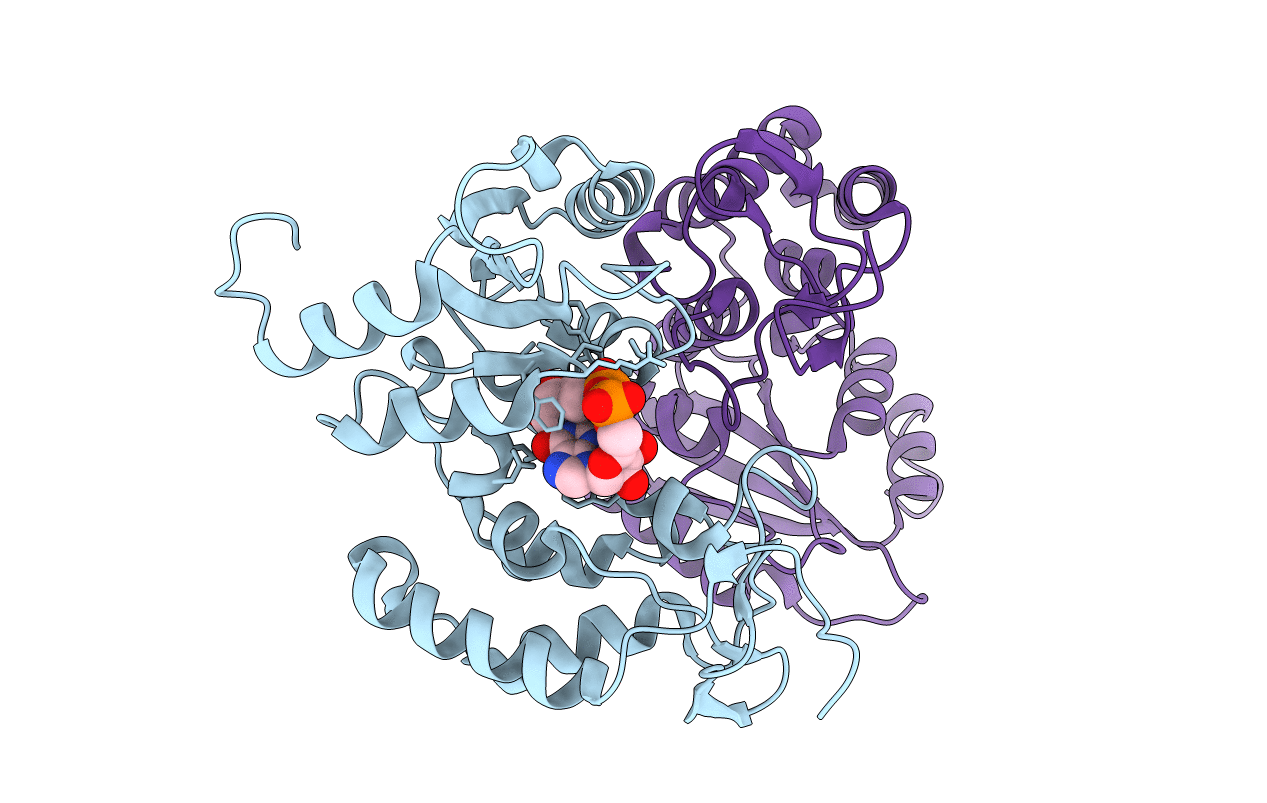
Deposition Date
2007-04-09
Release Date
2007-04-24
Last Version Date
2024-11-20
Entry Detail
PDB ID:
2PGJ
Keywords:
Title:
Catalysis associated conformational changes revealed by human cd38 complexed with a non-hydrolyzable substrate analog
Biological Source:
Source Organism:
Homo sapiens (Taxon ID: 9606)
Host Organism:
Method Details:
Experimental Method:
Resolution:
1.71 Å
R-Value Free:
0.22
R-Value Work:
0.19
R-Value Observed:
0.19
Space Group:
P 1


